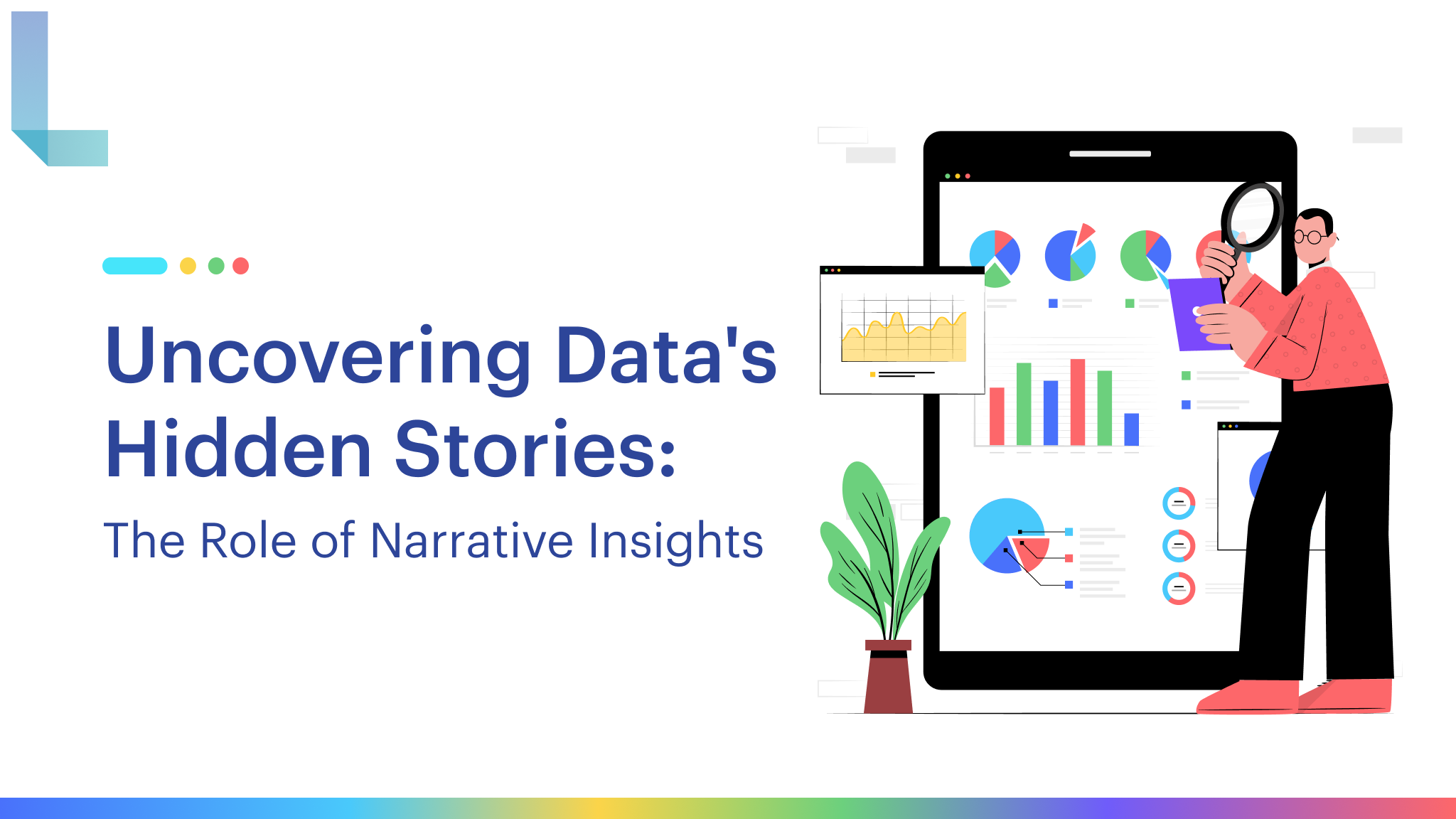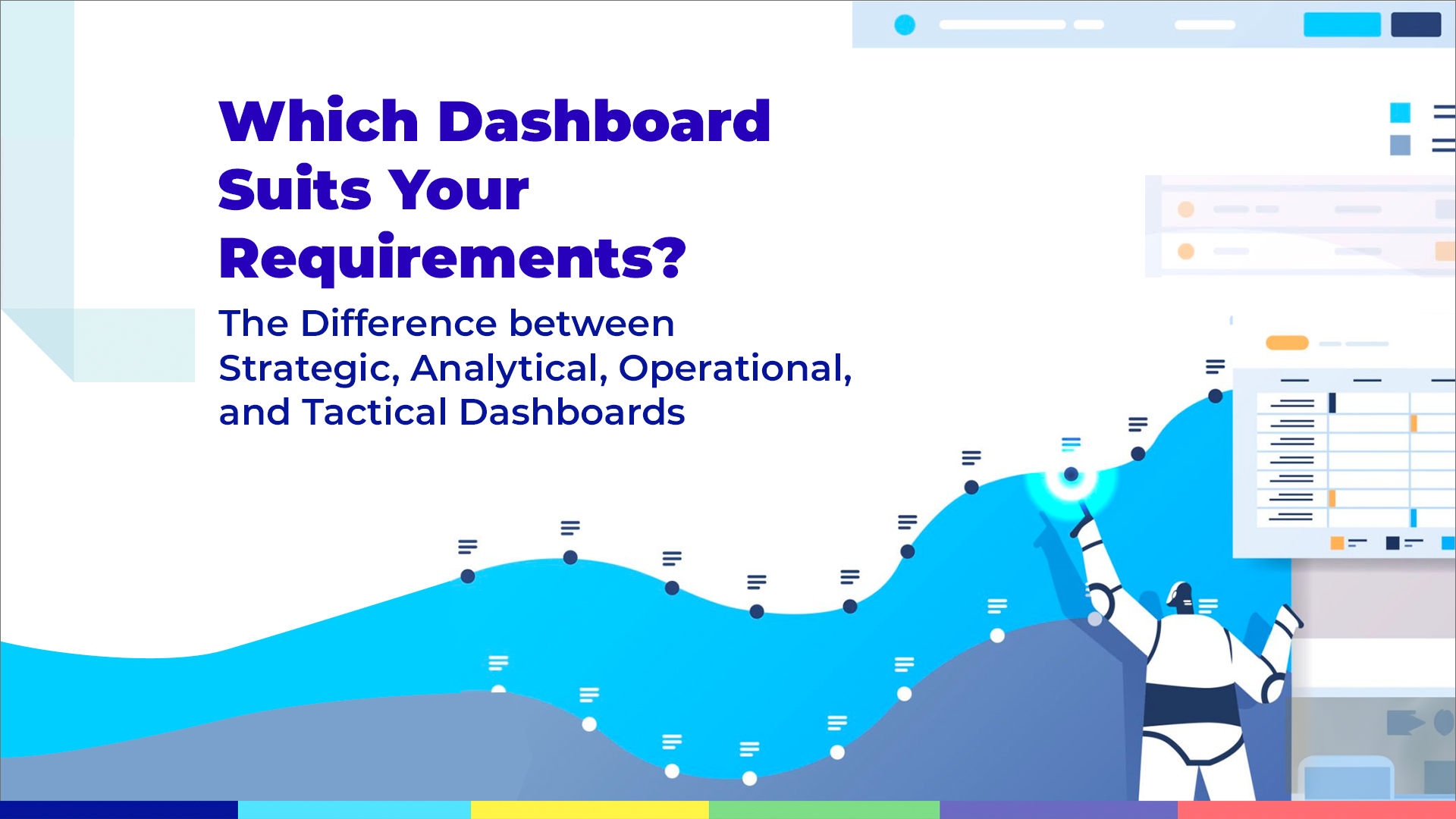Navigating the Future of Procurement Analytics
6 mins read

In today’s rapidly evolving global marketplace, geopolitical tensions, trade disputes, and pandemics are not just fleeting headlines. They are significant disruptions shaping the terrain of business operations and procurement strategies. The escalation of US-China trade tensions, the unforeseen challenges of the COVID-19 pandemic, and the geopolitical ramifications of Russia’s invasion of Ukraine underscore a volatile environment that businesses must navigate.
Amidst this backdrop, a 2022 survey by IDC highlighted a pivotal shift within procurement functions—over 1,100 procurement leaders indicated a robust inclination towards implementing AI and blockchain technologies within the next three years.
The landscape is changing, and with it, the skills required to navigate this terrain. Gone are the days when procurement was merely about negotiating deals and managing supplies. The future calls for a new breed of category managers, adept in wielding the power of advanced analytics and innovation to steer through these turbulent times.
The Evolution of Procurement Analytics
What started off as Excel-based reports to now becoming AI-powered analytics mirrors the broader digital transformation within the industry. Initially, procurement data analysis was a manual, time-consuming process limited by the capabilities of spreadsheet software. Today, we stand on the cusp of the fourth generation of procurement analytics.
These tools have evolved to meet the growing complexity of global supply chains, offering a consolidated view of procurement data that was previously unimaginable
That’s why, at its core, modern procurement analytics involves automated, AI-driven solutions that offer actionable insights and predictive capabilities by harnessing data from various systems and ERPs. From spend analysis to supplier risk assessment, it covers a broad spectrum of applications, proving indispensable for organizations aiming to consolidate their spending, mitigate risks, and enhance performance.
The Rise of Procurement Analytics
In such instances, the relevance of procurement analytics becomes undeniable. It serves as a critical tool for cost reduction, corporate responsibility, risk management, and uncovering new business opportunities. For instance, leveraging analytics for spend forecasting can significantly impact an organization’s bottom line, offering a clearer view of future expenditures and helping in better budget allocation. Broadly, it offers three key benefits:
- Timely Insights for All: Procurement analytics helps the entire organization, not just the procurement team. Marketing, finance, and operations can all make better decisions with insights derived from procurement data.
- Strategic Decision-Making: With advanced analytics, organizations can predict trends, manage risks, and identify savings opportunities. It’s about being proactive rather than reactive.
- Efficiency and Automation: By automating repetitive tasks, procurement teams can focus on strategic decision-making and building relationships with suppliers.
Types of Procurement Analytics

Let’s dive into the four main types of procurement analytics that are reshaping the landscape:
- Descriptive Analytics: This is the “what has happened” of analytics. It looks at past spend data to provide insights into spend patterns.
- Diagnostic Analytics: The “why did it happen” phase, helping teams understand the reasons behind spend trends.
- Predictive Analytics: This forward-looking approach uses data patterns to forecast future procurement needs and market trends.
- Prescriptive Analytics: The most advanced form, suggesting actions based on predictive analytics, guiding teams on the best course of action.
Real-Life Applications

The value proposition of procurement analytics is vast and varied. Here are some compelling business cases that underscore its significance:
- Cost Reduction: By identifying inefficiencies and savings opportunities, analytics drives down costs without compromising quality. A manufacturing firm could employ descriptive analytics to identify how much of their procurement budget is being spent on each supplier, potentially helping build a diversification strategy that reduces costs.
- Risk Management: Analytics helps in identifying and mitigating supplier and market risks before they escalate into crises. Organizations would be able to categorize suppliers based on various risk factors, such as financial stability, geopolitical location, or compliance with sustainability standards. A retail giant could use predictive analytics to forecast demand for products across different regions. This would lead them to adjusting their inventory levels in accordance with the demand and consequently, reducing overstock.
- Strategic Sourcing: With insights into market trends and supplier capabilities, analytics fosters an environment conducive to optimization. An auto company could identify a pattern of overspending with certain suppliers. Using prescriptive analytics, they could renegotiate contracts, streamline suppliers, and significantly reduce costs.
- Benchmark Performance: Benchmarking is a powerful analytics application that measures performance against past data or industry standards, setting the stage for continuous improvement. A technology company could use diagnostic analytics to benchmark their procurement efficiency against industry peers. Further, by adopting best practices identified through benchmarking, including process automation and enhanced supplier collaboration, they can reduce cycle times, improving efficiency and responsiveness to market changes.
Each of these strategic applications of analytics not only supports cost reduction but also drives broader value by enhancing supplier relationships, optimizing sourcing strategies, and improving operational efficiencies.
The Backbone of Analytics: Data

The foundation of any robust analytics system is data.
- Internal Data: The lifeblood of analytics, internal data flows from transactional systems, ERPs, and direct supplier interactions.
- External Data: This is the wild card, encompassing everything from public supplier databases to proprietary industry codes.
Procurement teams often find themselves entangled in a web of disparate data sources, from ERPs to supplier databases. The challenge, and indeed the opportunity, lies in harmonizing these diverse data streams into a coherent, actionable whole.
Bridging this gap requires three key steps – data extraction and cleansing, categorization, and enrichment.
The journey begins with data extraction, which consolidates information from all corners of the business. This process, while complex, is streamlined through automation, significantly reducing time and labor.
The five key things that are essential to successful data integration are:
- Speed through automation: Utilizing pre-configured templates ensures efficient and accurate data extraction, minimizing manual effort.
- Data security: Secure extraction methods protect sensitive information, giving companies control over their data throughout the process.
- Quick installation and compatibility: Solutions should be easy to install and compatible with various ERP, procurement, or finance systems, allowing seamless data capture.
- Reliable monitoring: Monitoring capabilities ensure the integrity of the extraction process, allowing for timely interventions when necessary.
- Data cleansing: Post-extraction, data is cleansed and categorized, transforming it into a structured format ready for in-depth analysis.
Once the data is extracted, it undergoes a transformation process. Cleansing ensures accuracy, categorization organizes data into actionable segments, and enrichment enhances data quality by filling in gaps. This step is vital for ensuring that analytics outputs are reliable and reflective of real-world scenarios. The final step is where the magic happens. Through sophisticated analytical models, data is analyzed to uncover trends, identify cost-saving opportunities, and predict future procurement needs. This stage enables procurement leaders to make informed decisions that align with strategic business goals.
How to Get Started
(Hint: it’s as easy as picking the best analytics tool!)
Humble brag aside, here are a few tips:
- Look for solutions that go beyond basic data categorization.
- Transparency is key—choose tools that provide detailed insights down to transaction levels.
- Ensure the solution aligns with the unique needs of your organization and can integrate seamlessly with existing systems.
The Future of Procurement

As we sail into the future, the role of procurement is only set to become more strategic. With advancements in technology, the function will evolve from negotiating and buying to analyzing and strategizing. The skillset will shift towards a deeper understanding of analytics and technology, making procurement a central pillar in driving business innovation and value.






